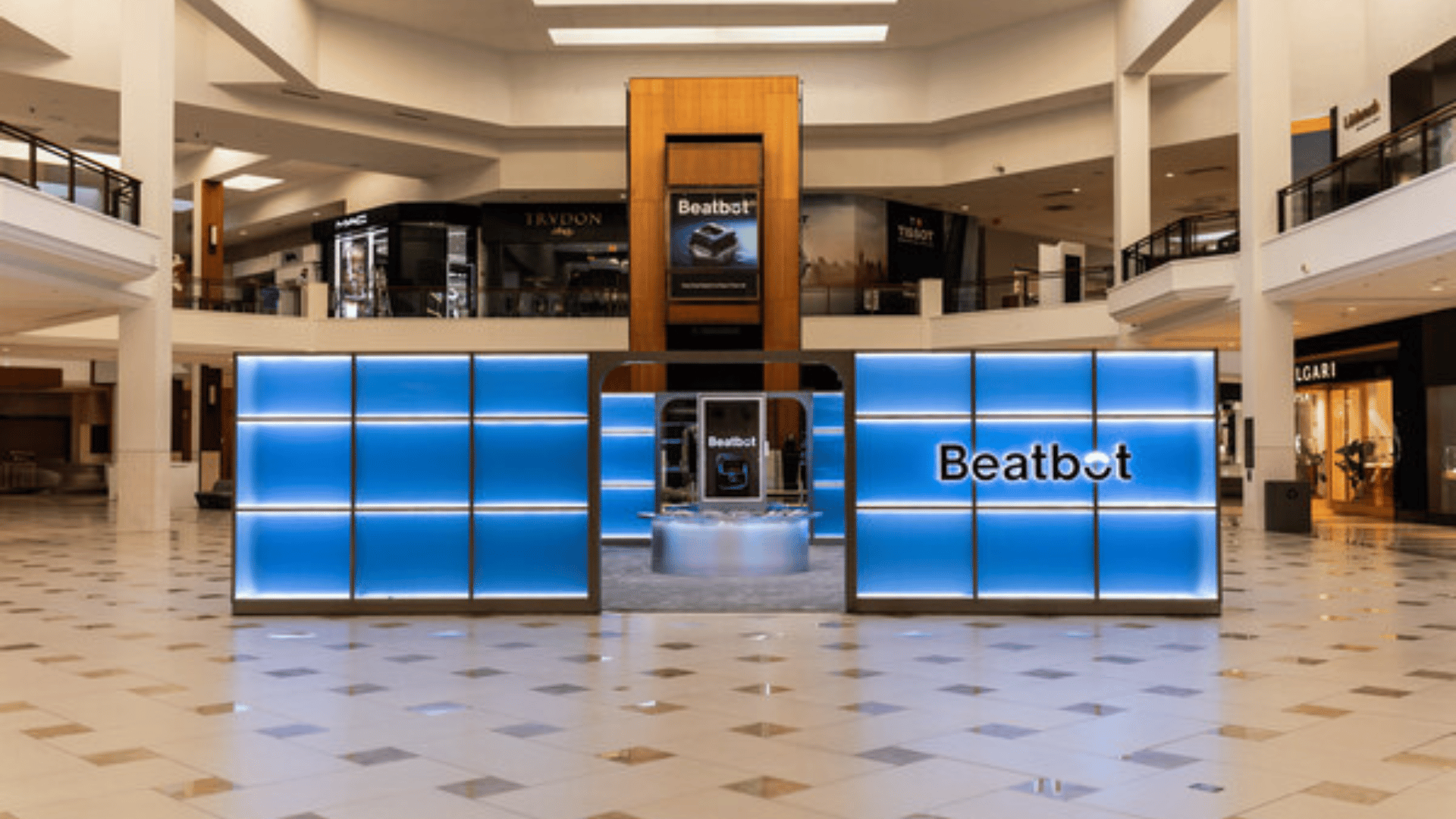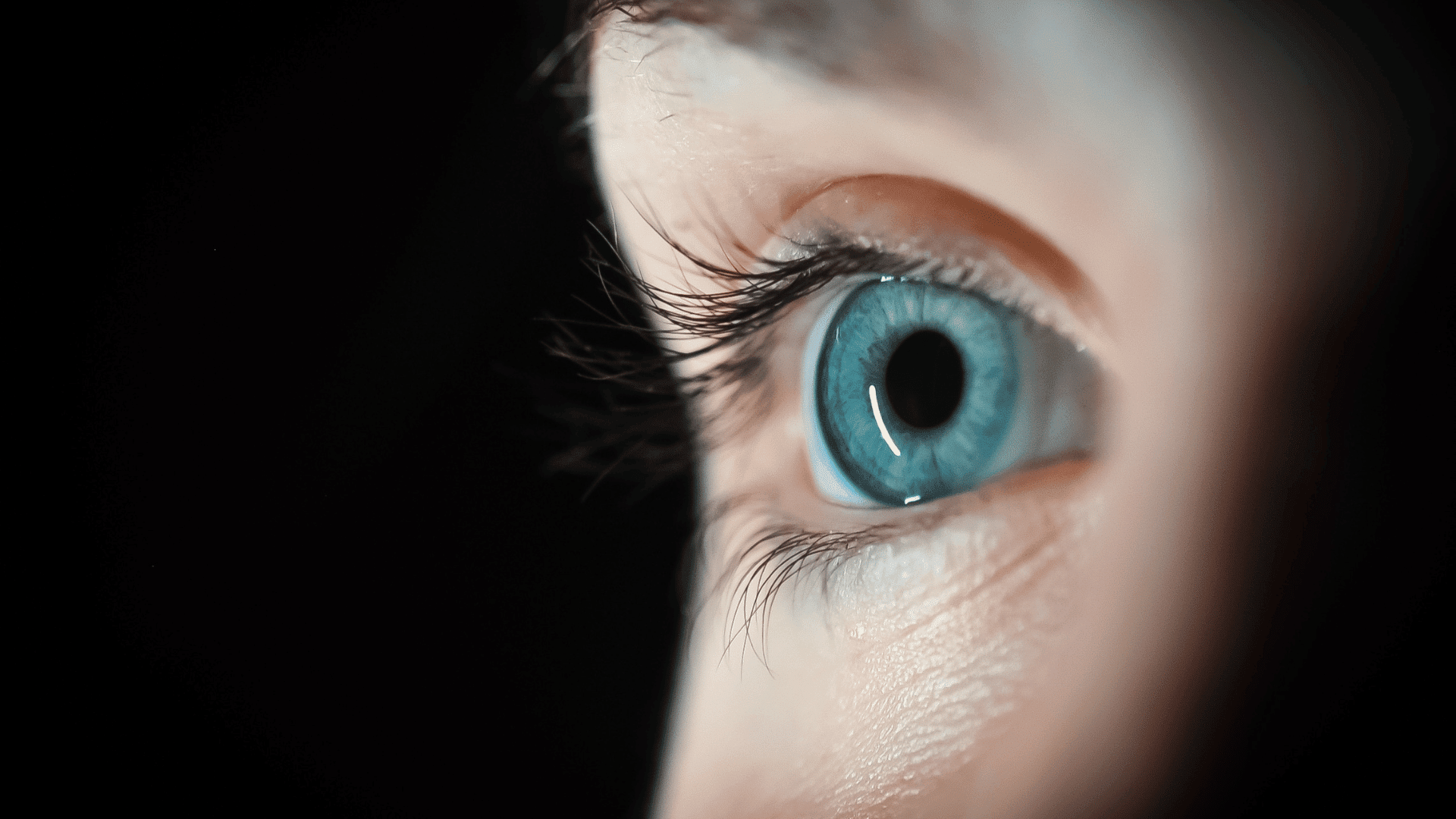NASA reported that its probe Lucy flew within 596 miles of the asteroid Donaldjohanson on Sunday, April 20th. But what kind of data or insights could be collected from this mission?
Asteroid Encounter

The spacecraft shielded its instruments from sunlight during the encounter, ceasing asteroid tracking 40 seconds before the closest approach so that its cameras would remain intact.
“Initial information indicates that the spacecraft is in good health,” stated NASA in a blog post after the spacecraft reestablished contact with Earth a few hours after its closest approach. “The team has commanded the spacecraft to start sending the data collected during the encounter back to Earth.”
Researchers believe that the three-mile-wide asteroid is a piece of a larger asteroid that was carved off approximately 150 million years ago. Rotating every 251 hours, Donaldjohanson orbits the sun in the solar system’s Main Asteroid Belt and is believed to be carbon-rich.
According to NASA, the asteroid can be seen brightening and dimming periodically along a 10-day cycle, and as the probe approaches it. This could mean the asteroid is a slowly rotating, elongated object, allowing it to appear brighter when the longer side faces the spacecraft.
The closest approach to the asteroid reportedly took place on April 20th at 1:51 EDT. The team remained in communication with Lucy until the autonomous tracking system locked onto the asteroid approximately 30 minutes before the closest approach.
Then the probe used a terminal tracking system to rotate and keep the asteroid in the field of view of its instruments. This also paused its communication with Earth as it rotated the spacecraft’s antennae away from Earth. Though its communication was reestablished hours after the closest approach, it will take up to a week to downlink the data collected during the encounter.
Lucy’s Mission
According to Forbes, this flyby was an important test for the probe to ensure it’s ready for the Jupiter Trojan asteroids, which will first appear in 2027. Often called “Jupiter’s children,” Trojan asteroids are a group of primordial bodies that orbit the sun in two groups and are believed to originate from the formation and evolution of the planets and the solar system. They’ve also never been visited before.
Lucy’s mission will see the probe orbit the sun six times and visit eight Trojan asteroids through 2033. Its next target is Eurybates and its satellite Queta, which it will fly by on Aug. 12, 2027. A month later, on Sept. 15, 2027, it will fly by Polymele and its satellite, with further flybys in 2088 and 2033.
Though the spacecraft will return to Earth for gravity assistance, Lucy will never return permanently. Instead, it will orbit the Earth and explore Trojan asteroids for millions of years.







